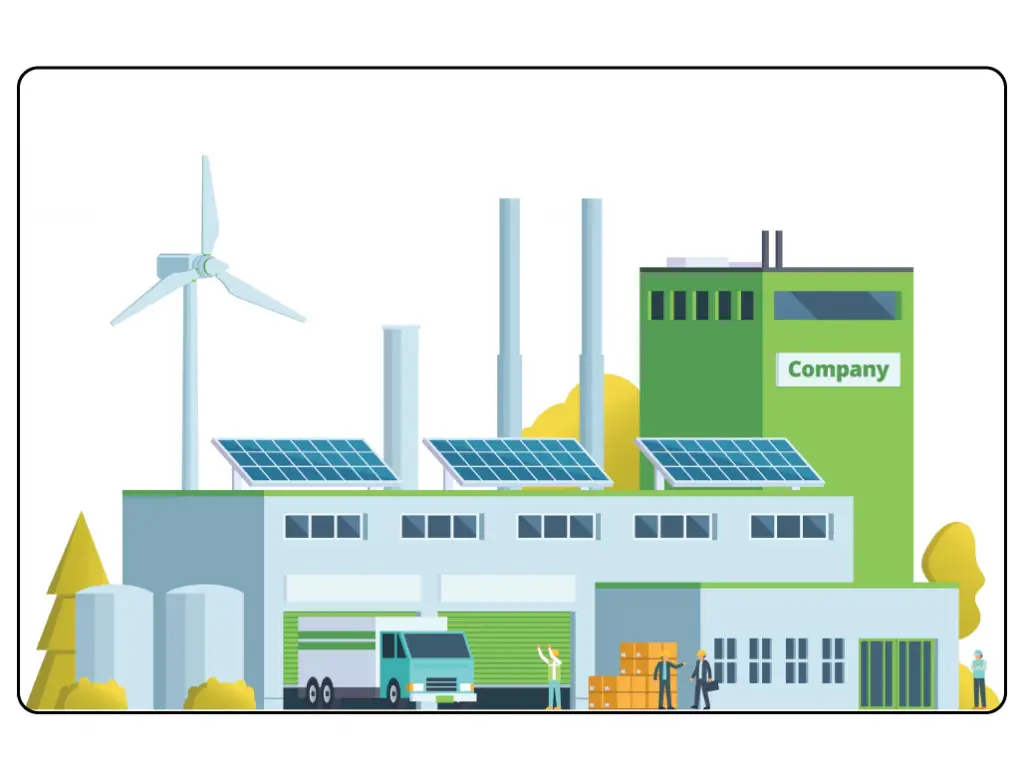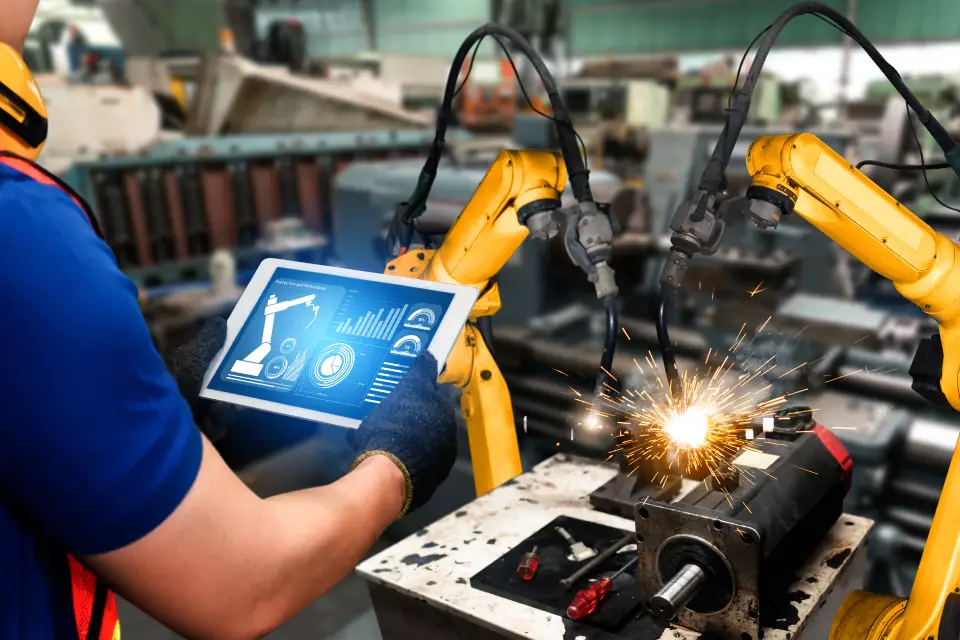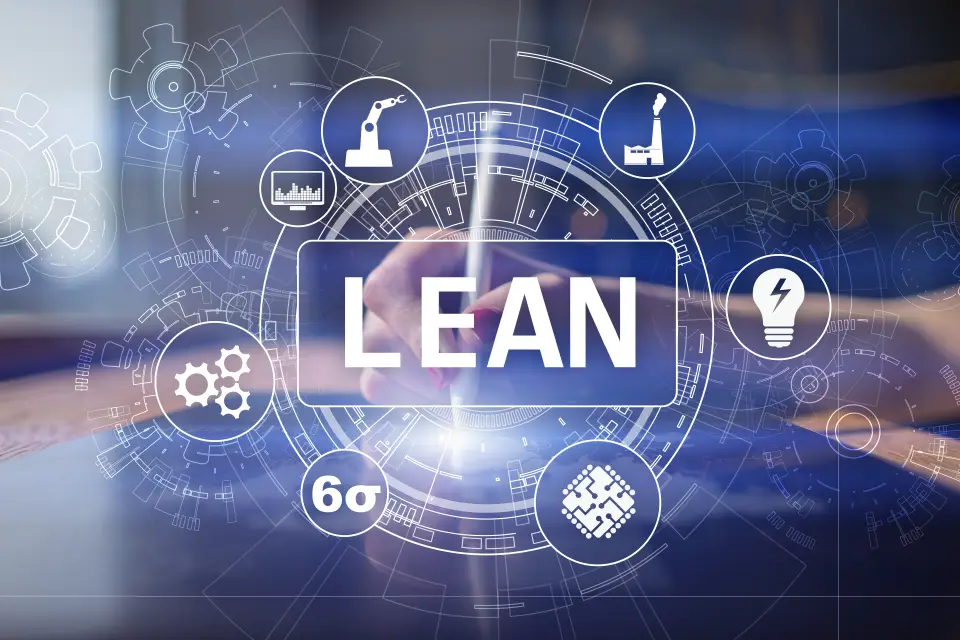In the dynamic and ever-changing landscape of global production, there is a need to prioritize sustainable manufacturing practices. Manufacturers are now under pressure to reduce their carbon footprint and embrace eco-friendly production methods. This article explores in-depth strategies, real-life examples, and cutting-edge approaches that empower manufacturers to not only achieve sustainability goals but also to enhance operational efficiency and competitiveness in the market.

1. Embracing Energy Efficiency
Energy consumption remains a significant operational cost and environmental concern in manufacturing. Embracing energy-efficient technologies and practices is paramount to reducing carbon emissions and lowering production costs.
Manufacturers can adopt the following strategies to enhance sustainability:
- Investing in energy-efficient equipment and machinery.
- Implementing smart energy management systems.
- Adopting renewable energy sources like solar and wind power.
Real Life Example
IKEA has made significant commitments to sustainability and renewable energy sources. The company has invested heavily in solar panels and wind turbines to power its stores and facilities worldwide. This initiative has not only reduced IKEA’s reliance on fossil fuels but has also resulted in substantial cost savings over time. By embracing renewable energy, IKEA demonstrates a strong commitment to environmental sustainability.

2. Optimizing Resource Management
Efficient use of resources such as water, raw materials, and chemicals, is crucial for minimizing waste and enhancing sustainability in manufacturing.
Manufacturers can adopt the following strategies for optimizing resource management:
- Adopting lean manufacturing principles to minimize waste and maximize efficiency.
- Implementing water-saving technologies and practices to reduce water consumption in manufacturing processes.
- Establishing comprehensive recycling programs to reuse materials and minimize waste generation.
Real Life Example
Interface, a leader in commercial flooring, exemplifies best practices in resource management through its Mission Zero initiative. The company has set ambitious goals to eliminate its environmental impact, focusing on sustainable sourcing, recycling initiatives, and product innovation.
3. Minimizing Environmental Impact
Reducing emissions, pollutants, and overall environmental impact is essential for sustainable manufacturing. Advanced emission control technologies and sustainable supply chain practices play a pivotal role in achieving these goals.
Manufacturers can adopt the following strategies to minimize environmental impact:
- Install emission control systems and air filtration technologies.
- Optimize logistics and supply chain operations to minimize carbon footprint.
- Conduct lifecycle assessments (LCAs) to evaluate and mitigate environmental impacts across product lifecycles.
Real Life Example
Toyota sets a benchmark with its stringent environmental management practices. The automotive giant integrates advanced emission control technologies in its manufacturing facilities worldwide. Moreover, Toyota collaborates closely with suppliers to ensure sustainable sourcing practices and reduce the overall environmental footprint of its supply chain.

4. Adopting Circular Economy Practices
Transitioning to a circular economy model promotes resource efficiency and minimizes waste by maximizing product lifespan and material reuse.
Manufacturers can adopt the following strategies for adopting circular economy practices:
- Designing products for durability, reparability, and recyclability.
- Implementing remanufacturing and refurbishing processes to extend product lifecycles.
- Establishing efficient reverse logistics systems for product take-back and recycling initiatives.
Real Life Example
Patagonia, a renowned outdoor apparel company, champions circular economy practices through its ‘Worn Wear’ program. Patagonia encourages customers to repair and reuse their clothing, offers product refurbishment services, and recycles worn-out garments into new products.
5. Promoting Innovation and Collaboration
Driving innovation and fostering collaboration are instrumental in advancing sustainable manufacturing practices. From technological advancements to stakeholder engagement, these initiatives pave the way for continuous improvement and industry leadership.
Manufacturers can adopt the following strategies to promote innovation and collaboration:
- Cultivating a culture of innovation that prioritizes eco-friendly technologies and practices.
- Engaging employees through sustainability training and initiatives.
- Collaborating with industry peers, academia, and policymakers to advocate for sustainable policies and practices.
Real Life Example
Siemens, a global technology powerhouse, exemplifies innovation in sustainable manufacturing. Siemens educates and empowers employees to drive sustainability initiatives across its operations, from energy-efficient technologies to sustainable product design.
In conclusion, by integrating sustainability into operations, companies contribute to environmental conservation. Embracing sustainable practices not only fulfills corporate social responsibility but also fosters innovation and competitiveness in a global economy.



